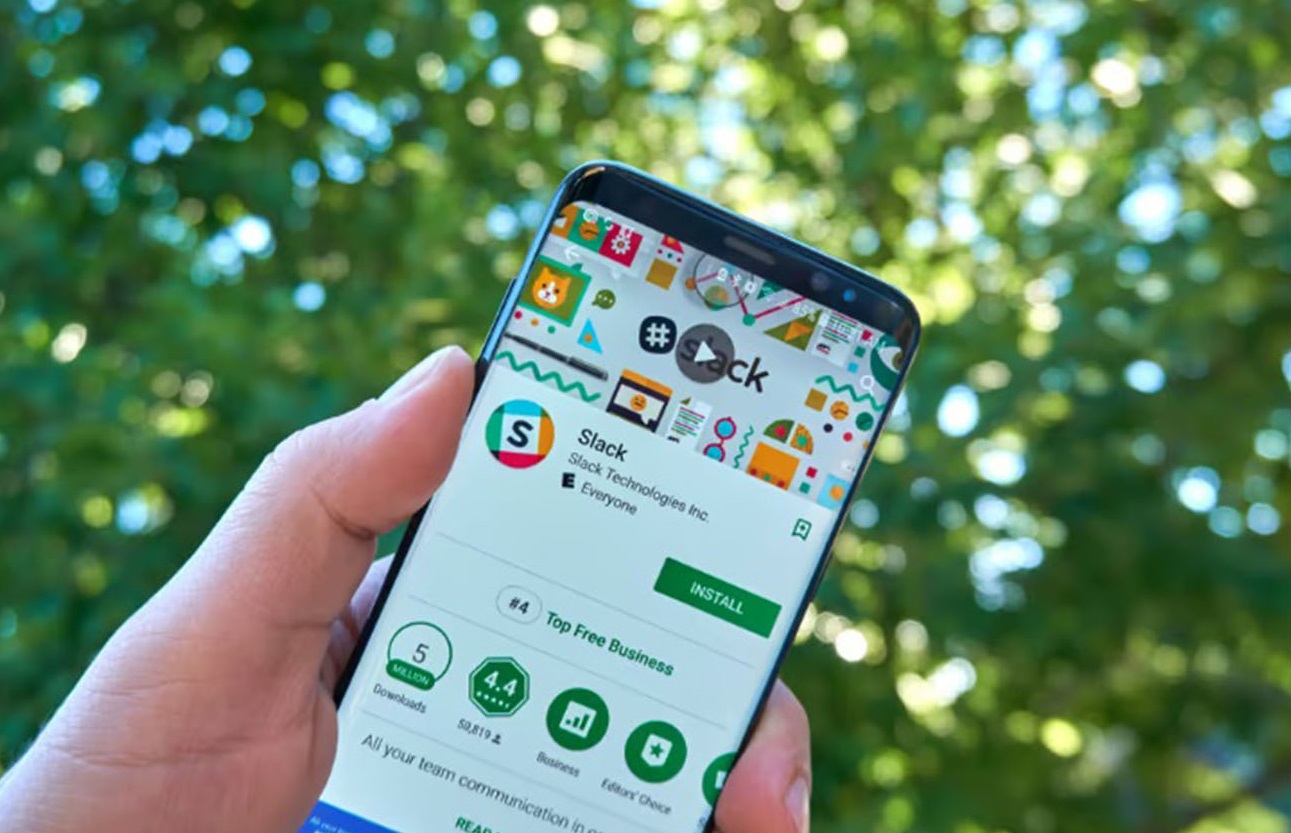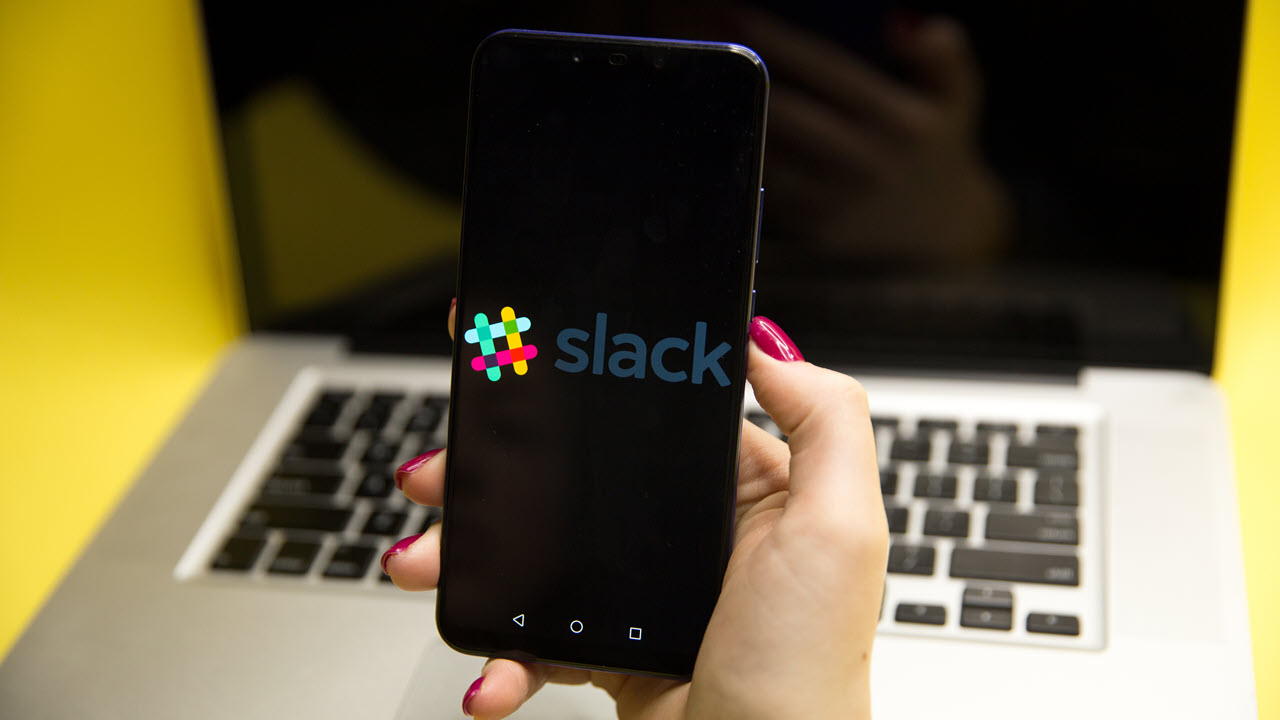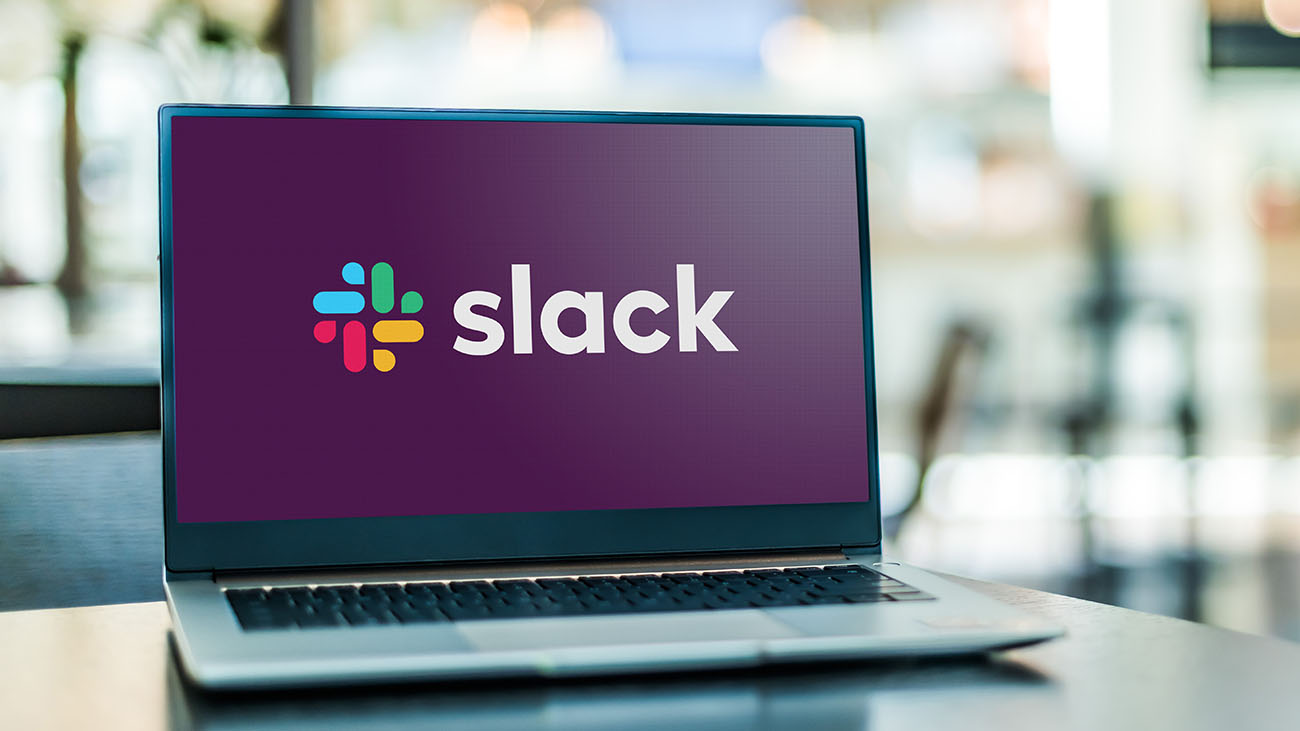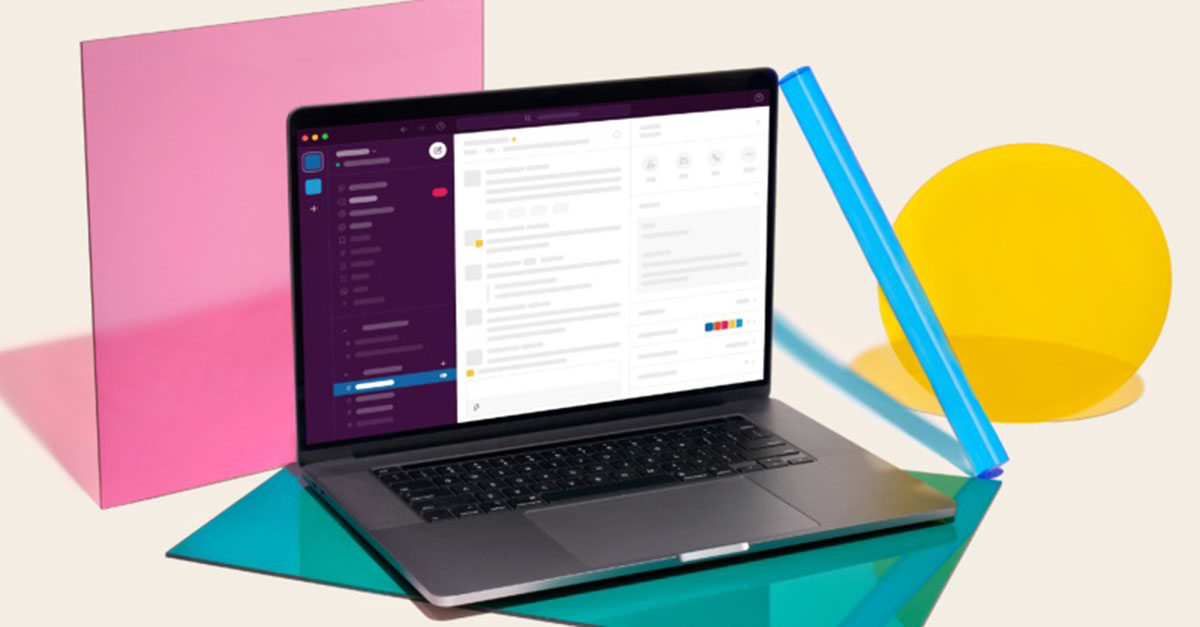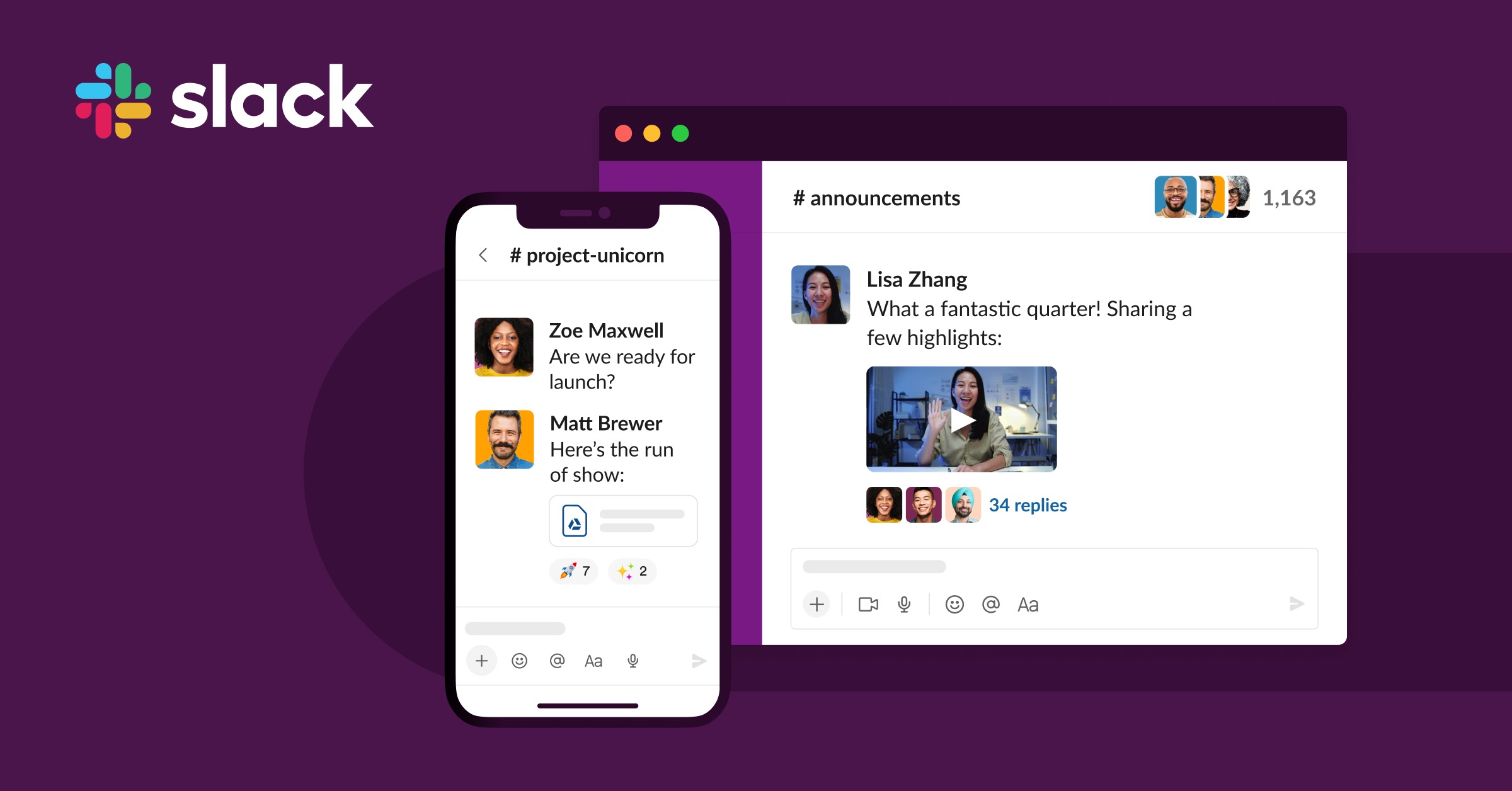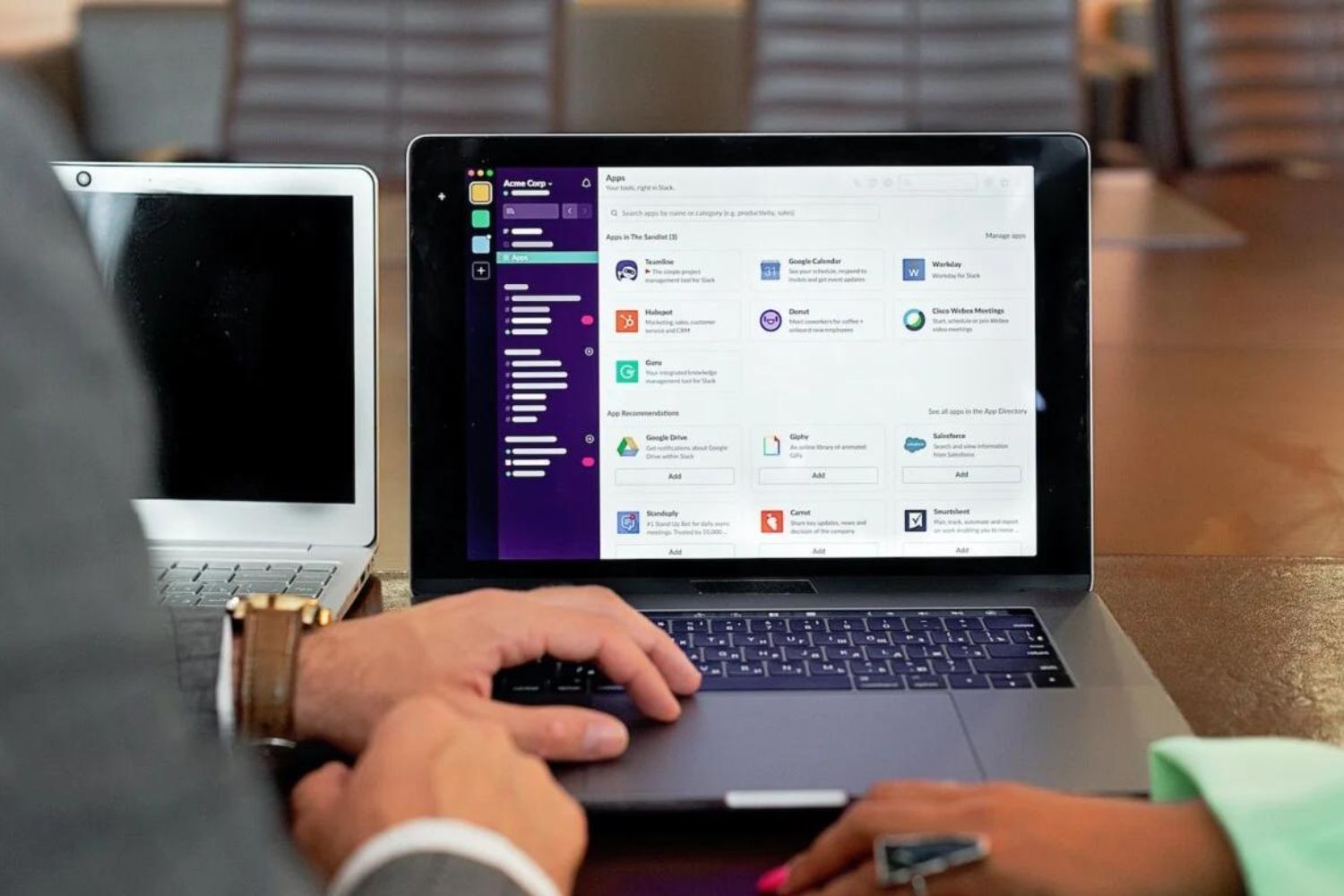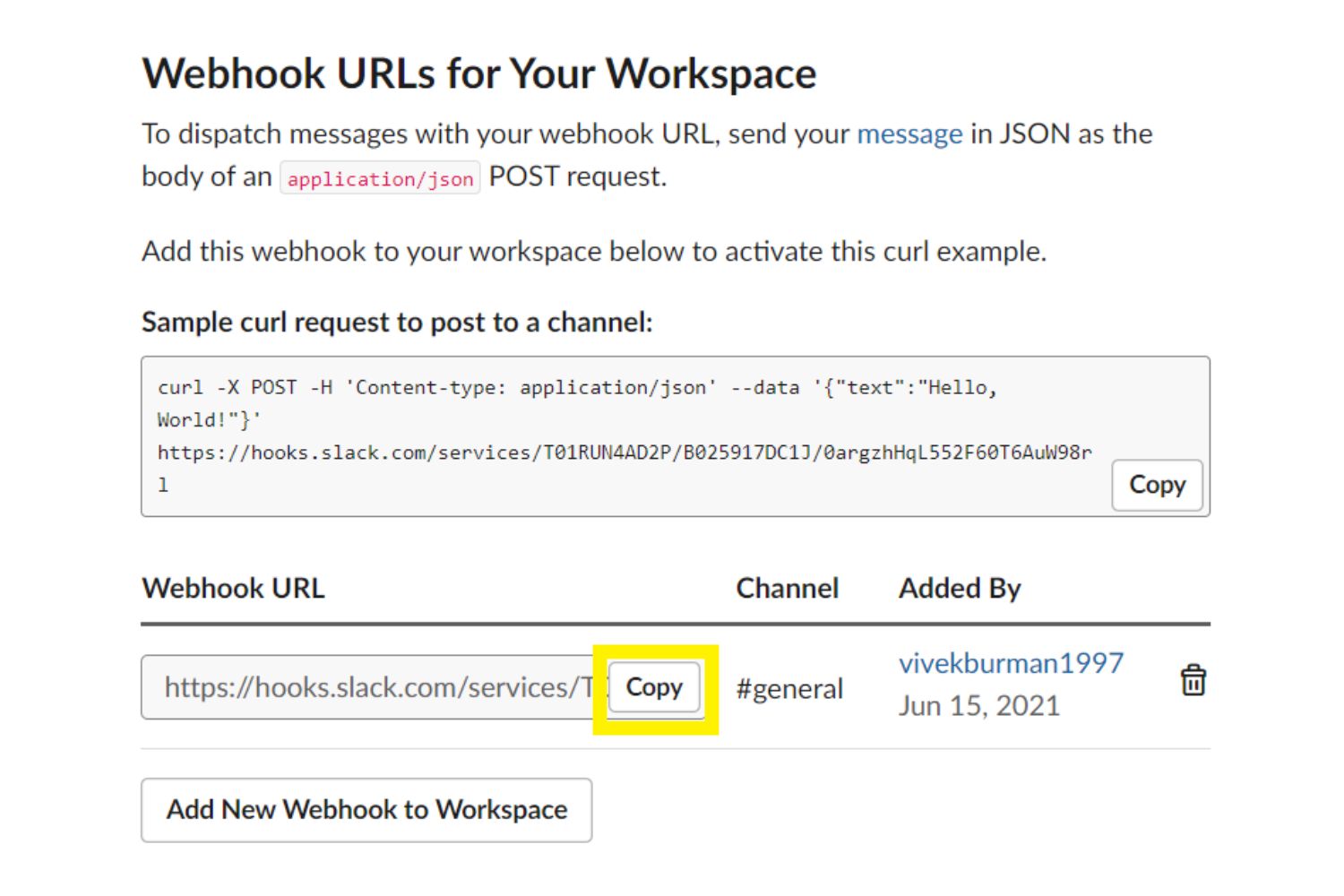Introduction
Slack is a powerful communication and collaboration tool that has become the go-to platform for many teams and organizations. It allows for seamless communication, file sharing, and project management. However, one frustration that users often encounter is Slack’s idle policy, which automatically marks them as idle after a period of inactivity.
While this feature is meant to conserve resources and protect users’ privacy, it can be a nuisance for those who want to stay connected and available on the platform. Fortunately, there are several ways to prevent Slack from going idle and ensure that you stay active and responsive.
In this article, we will explore various tips and tricks to make Slack not go idle. Whether you’re working remotely, collaborating with colleagues across different time zones, or simply want to be present and available in Slack, these strategies will help you maximize your productivity and engagement on the platform.
From adjusting your Slack settings to using keyboard shortcuts, leveraging the do not disturb (DND) feature, and integrating other productivity apps, there are numerous techniques at your disposal. By implementing these strategies, you can maintain an active presence on Slack and ensure that you never miss out on important conversations or updates.
So, without further ado, let’s dive into the various methods you can employ to keep Slack from going idle and stay connected with your team.
Understand Slack’s Idle Policy
Before we explore how to prevent Slack from going idle, it’s important to understand the platform’s idle policy. Slack marks a user as “idle” after a period of inactivity. This means that if you’re not actively interacting with Slack, such as sending messages or opening channels, you will be shown as idle to other users.
The idle policy serves several purposes. Firstly, it helps conserve server resources by reducing the number of active connections. Secondly, it protects users’ privacy by indicating when someone is actively present on the platform.
By default, Slack considers a user idle if they have been inactive for 30 minutes. However, it’s worth noting that this timeout period can vary depending on your organization’s settings. Some organizations may have shorter or longer idle periods depending on their specific needs and preferences.
When you’re marked as idle, your status will change to “away” or display a special icon next to your name to indicate your inactive status. This can cause confusion and hinder real-time communication, especially when you want to be available and responsive to your team.
Understanding the idle policy is essential because it helps you navigate the methods and techniques we’ll explore later in this article. By grasping how Slack determines inactivity and idle status, you can effectively implement the strategies to prevent Slack from marking you as idle and maintain an active presence on the platform.
Now that we have a clear understanding of Slack’s idle policy, let’s move on to the practical steps you can take to keep Slack from going idle and stay connected with your team.
Adjust Your Slack Settings
One of the first steps to prevent Slack from going idle is to adjust your settings. Slack provides a range of customizable options that allow you to control your online status and activity.
To access your settings, click on your profile icon in the top-right corner of the Slack interface, and select “Preferences” from the dropdown menu. Here are some settings you can modify:
- Active hours: Slack allows you to set specific active hours during which you want to appear online. This is particularly useful if you work in different time zones or have defined working hours. By adjusting this setting, Slack will consider you active during those hours and less likely to mark you as idle.
- Notification preferences: By customizing your notification settings, you can choose to receive alerts for important messages or mentions, ensuring that you stay engaged and active on Slack. You can configure your notifications to receive them via email, mobile push notifications, or desktop alerts.
- Set yourself to active: If you want to override Slack’s idle policy temporarily, you can manually set yourself to active. Open the “Set yourself to active” dropdown next to your name in the top-left corner and select “Active.” This will ensure that Slack doesn’t mark you as idle, even if you’re not actively interacting with the platform.
- Status updates: Slack allows you to set status updates, indicating your availability or current activity. You can use this feature to communicate with your team when you are away or attending a meeting, for example. By keeping your status updated, you provide clarity to your team and reduce the chances of being marked as idle when you’re simply engaged in other tasks.
By adjusting these settings to align with your working patterns and preferences, you can have more control over your online presence in Slack. These small tweaks can make a significant difference in preventing Slack from going idle and ensuring that you remain responsive and available to your team.
Now that we’ve covered adjusting your Slack settings, let’s explore some additional strategies to keep Slack from marking you as idle and maintain an active presence.
Use Keyboard Shortcuts
Keyboard shortcuts are a time-saving and efficient way to navigate and interact with Slack, helping you stay active and engaged without relying on mouse clicks. By utilizing these shortcuts, you can quickly access channels, send messages, and perform various actions, reducing the chances of being marked as idle due to inactivity.
Slack offers a comprehensive set of keyboard shortcuts that are easy to learn and use. Here are some essential ones to get you started:
- Switch channels: Pressing
Ctrl + K(Windows) orCmd + K(Mac) opens the quick switcher, allowing you to swiftly move between different channels and conversations. - Send a message: To send a message in the current channel, simply press
Ctrl + Enter(Windows) orCmd + Enter(Mac). This shortcut saves you from reaching for the mouse and clicking the send button. - Mark as unread: If you need to come back to a message later or want to indicate that you haven’t seen it yet, press
Alt + Shift + Up Arrow(Windows) orOption + Shift + Up Arrow(Mac) to mark it as unread. This action allows you to stay engaged with the conversation and prevents Slack from marking you as idle. - Jump to previous channel: Use the
Ctrl + Shift + K(Windows) orCmd + Shift + K(Mac) shortcut to quickly navigate to the previous channel you were in, helping you maintain a seamless workflow across different conversations.
These are just a few of the many keyboard shortcuts available in Slack. Take some time to familiarize yourself with them and incorporate them into your daily Slack usage. Not only will they streamline your workflow, but they will also help you stay active and prevent Slack from marking you as idle.
Remember to regularly practice and reinforce your knowledge of these shortcuts so that they become second nature to you. The more proficient you become, the more effortlessly you can navigate through Slack and maintain an active presence on the platform.
Now that we’ve explored the benefits of keyboard shortcuts, let’s move on to another effective strategy to prevent Slack from going idle: utilizing the Do Not Disturb (DND) feature.
Utilize the Do Not Disturb (DND) Feature
When you want to focus on deep work or simply take a break from notifications, Slack’s Do Not Disturb (DND) feature can be a valuable tool. By enabling DND, you can temporarily pause notifications and prevent any interruptions that could potentially mark you as idle.
To activate DND in Slack, follow these steps:
- Click on your profile icon in the top-right corner of the Slack interface.
- Select “Preferences” from the dropdown menu.
- In the left sidebar, choose “Notifications.”
- Scroll down until you see the “Do Not Disturb” section.
- Toggle the switch to enable DND.
Once activated, DND will suppress all notifications on Slack. You can set the duration for which you want DND to be active, whether it’s for a specific time period or until you manually turn it off.
Utilizing the DND feature is particularly useful when you need uninterrupted time to complete tasks, attend meetings, or take a break. It signals to other users that you’re deliberately not available for immediate communication, preventing any misunderstandings or assumptions about your inactivity on the platform.
However, it’s essential to communicate your DND status with your team to ensure transparency and avoid confusion. You can update your Slack status or set a custom status message to let others know that you are currently in DND mode and will respond later.
By making use of the DND feature strategically, you can regain control over your notifications, minimize distractions, and prevent Slack from marking you as idle during periods when you genuinely need uninterrupted focus.
Now that we’ve covered utilizing DND, let’s explore another effective approach to keep Slack from going idle: interacting with Slack regularly.
Interact with Slack Regularly
One of the simplest yet most effective ways to prevent Slack from going idle is by actively interacting with the platform on a regular basis. The key is to stay engaged and show consistent activity to signal your presence to other users.
Here are some tips to help you interact with Slack regularly:
- Check Slack frequently: Make it a habit to regularly check Slack for new messages, updates, and notifications. By staying on top of your Slack activity, you can respond promptly and avoid being marked as idle.
- Engage in conversations: Participate in discussions, ask questions, and provide timely responses in channels and direct messages. By actively engaging in conversations, you demonstrate your involvement and prevent Slack from marking you as idle.
- React and use emoji: Use reactions and emojis to acknowledge messages or show your support. It’s a quick and easy way to engage with the content and indicate that you’re present and active in Slack.
- Share updates and information: Share relevant updates, resources, or interesting articles with your team. By providing valuable insights and contributing to the knowledge-sharing within your workspace, you demonstrate your ongoing presence and engagement on Slack.
- Use status updates: Update your Slack status regularly to communicate your availability or inform others about your current activity. This helps to keep your team informed about when they can expect a response from you and reduces the chances of being marked as idle.
Consistently interacting with Slack establishes a visible presence and fosters effective communication within your team or organization. By staying engaged, responsive, and proactive, you can prevent Slack from marking you as idle and ensure that you remain an active participant in the discussions and collaborations happening on the platform.
Now that we’ve covered how to interact with Slack regularly, let’s explore another method to keep Slack from going idle: setting up Pingbot or a similar tool.
Set Up Pingbot or a Similar Tool
If you want to actively prevent Slack from going idle, setting up Pingbot or a similar tool can be a valuable solution. These tools help keep you engaged and active on Slack by sending automated messages or reminders at scheduled intervals.
Pingbot is a popular Slack integration that allows you to configure automated reminders or messages to be sent to yourself or your team. You can set up Pingbot to send regular prompts or notifications that require a response from you, ensuring that you stay active and prevent being marked as idle due to inactivity.
Here’s how you can set up Pingbot:
- Visit the Pingbot website and sign in using your Slack credentials.
- Create a new Pingbot or choose an existing one.
- Specify the frequency and timing for the automated messages or reminders.
- Compose the content of the message that you want to send.
- Select the recipients and Slack channels where the messages should be sent.
- Save the settings and activate the Pingbot integration in your Slack workspace.
By setting up Pingbot or a similar tool, you ensure that there is consistent activity and engagement on your Slack account. These reminders prompt you to respond or interact with the messages, preventing Slack from marking you as idle and ensuring that you are always present and available to your team.
Remember to customize the Pingbot messages and frequency according to your needs. You can use it to remind yourself of important tasks, follow up on pending discussions, or simply check-in to show ongoing activity.
Now that we’ve covered setting up Pingbot, let’s explore another method to prevent Slack from going idle: integrating other productivity apps.
Integrate Other Productivity Apps
To further enhance your productivity and prevent Slack from going idle, consider integrating other productivity apps with Slack. These integrations can help streamline your workflow, automate tasks, and keep you actively engaged on the platform.
Here are a few examples of productivity apps that you can integrate with Slack:
- Project management tools: Integrate project management tools like Trello, Asana, or Jira with Slack. These integrations allow you to receive real-time updates on project activities, notifications for task assignments, and reminders for upcoming deadlines, all within Slack. By staying up to date with project progress and tasks, you can actively participate and prevent being marked as idle.
- Collaboration apps: Connect collaboration apps like Google Drive or Dropbox to Slack. This integration enables seamless file sharing and collaboration within Slack channels. You can share files, receive notifications for document updates, and comment on shared files, keeping you actively engaged and preventing Slack from marking you as idle.
- Meeting scheduling apps: Integrate meeting scheduling apps like Calendly or Google Calendar with Slack. This integration allows you to schedule and manage meetings directly from Slack, send meeting invites, and receive reminders for upcoming events. By actively participating in meetings and managing your schedule within Slack, you ensure continuous activity and prevent being marked as idle.
- Task management apps: Connect task management apps like Todoist or Wunderlist to Slack. By integrating these apps, you can receive task notifications, reminders, and updates directly in Slack. This keeps you informed about pending tasks, allows you to mark tasks as complete, and prevents Slack from marking you as idle due to inactivity.
These are just a few examples, but there are numerous productivity apps available that can be integrated with Slack to enhance your workflow and prevent idleness. Check Slack’s App Directory or explore third-party app integrations to find the ones that best suit your needs.
By integrating productivity apps with Slack, you can streamline your workflow, automate tasks, and ensure continuous activity on the platform. This proactive approach helps you stay engaged, remain responsive to your team, and prevent Slack from marking you as idle.
Now that we’ve covered integrating other productivity apps, let’s summarize the key strategies we’ve discussed to make Slack not go idle.
Conclusion
Keeping Slack from going idle requires a proactive approach and consistent engagement on the platform. By implementing the strategies outlined in this article, you can maintain an active presence, stay connected with your team, and prevent Slack from marking you as idle due to inactivity.
Firstly, adjusting your Slack settings allows you to customize your online status, notification preferences, and active hours to align with your working patterns and preferences. Utilizing keyboard shortcuts streamlines your navigation and interaction with Slack, reducing the chances of being marked as idle.
Enabling the Do Not Disturb (DND) feature helps you temporarily pause notifications and maintain uninterrupted focus when needed. Regularly interacting with Slack, such as checking messages, engaging in conversations, and using reactions, showcases your ongoing presence and involvement on the platform.
Setting up Pingbot or similar tools can automate reminders and prompts to consistently engage with Slack, ensuring continuous activity. Lastly, integrating other productivity apps with Slack streamlines your workflow, automates tasks, and keeps you actively engaged.
By implementing these strategies and incorporating them into your daily Slack usage, you can maximize your productivity, collaboration, and responsiveness on the platform. Remember to adapt these techniques to suit your specific needs and preferences, and communicate your availability and status to your team.
With these methods in place, you can enjoy an active and vibrant Slack experience, enhancing your communication, collaboration, and overall productivity. So go ahead, implement these strategies, and make Slack a dynamic hub of activity for you and your team.







